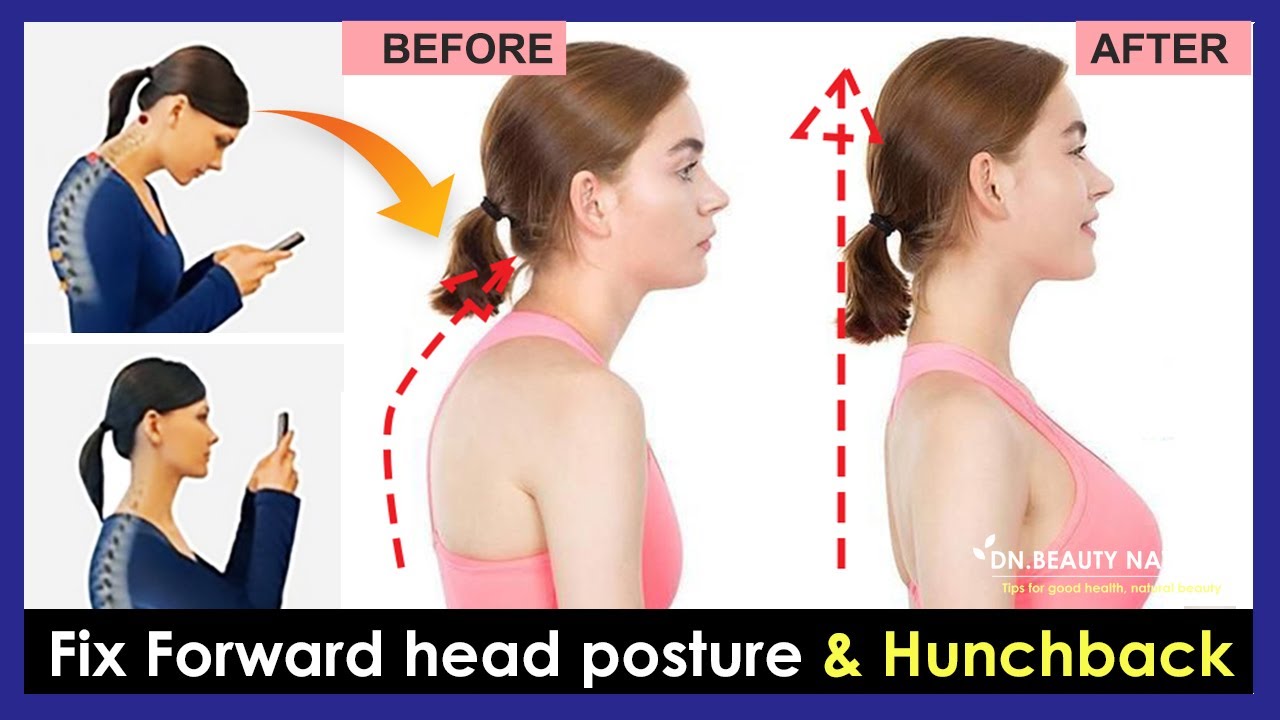1. What is Crane Neck Posture?
Crane neck posture, often referred to as “text neck” or “forward head posture,” is a condition where the head protrudes forward in relation to the spine. This happens when a person excessively extends their neck to look down or forward, particularly when using devices like smartphones, tablets, or computers. The name “crane neck” comes from the way the neck appears, resembling a crane or bird stretching its neck out. This posture leads to an abnormal alignment of the head and neck, causing strain on muscles and joints. The modern lifestyle, characterized by prolonged screen time and poor posture habits, has made crane neck posture more common, especially among those who spend hours hunched over electronic devices.
2. Causes of Crane Neck Posture
The primary cause of crane neck posture is the habit of looking down for extended periods, often due to excessive use of electronic devices. People often lean their heads forward, bringing the neck out of alignment, to view their smartphones or computer screens. In addition to technology usage, poor posture while sitting or standing can also contribute to crane neck. Activities such as slouching, carrying heavy bags on one shoulder, or even improper sleeping positions can exacerbate this condition. Over time, these habits cause muscles to adapt to this unnatural position, leading to long-term consequences for the neck and spine. Lack of awareness about proper posture, combined with the modern habit of looking down at screens, is a major factor in the rising prevalence of crane neck posture.
3. Effects of Crane Neck Posture on Health
The effects of crane neck posture can be far-reaching and can impact both physical health and quality of life. The most immediate consequence is neck pain, which can range from mild discomfort to severe, chronic pain. Prolonged forward head posture can lead to muscle imbalances, causing tightness in the neck, shoulders, and upper back. As the muscles try to compensate for the misalignment, they become strained and fatigued, resulting in pain and stiffness. In addition to neck pain, crane neck posture can lead to headaches, reduced mobility in the neck, and even nerve compression, which can cause numbness or tingling sensations in the arms and hands. Over time, these issues can affect daily activities and may even lead to long-term spinal degeneration if not addressed.
4. Solutions and Prevention of Crane Neck Posture
Addressing and preventing crane neck posture requires a multi-faceted approach. First and foremost, it is essential to develop an awareness of posture. Regularly checking and correcting posture throughout the day can prevent the neck from moving into a forward position. Ergonomic adjustments to workstations and the use of devices are also crucial. For instance, adjusting the height of your computer screen or using a stand for your phone can help keep your neck in a neutral position. Additionally, regular exercises focusing on strengthening the muscles of the upper back and improving flexibility in the neck can help alleviate the strain caused by crane neck posture. Stretching exercises, yoga, and physical therapy are highly effective for correcting posture and reducing pain. Finally, taking frequent breaks from screen time and practicing proper posture while sitting, standing, and sleeping can significantly improve and prevent crane neck posture.



